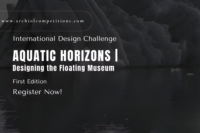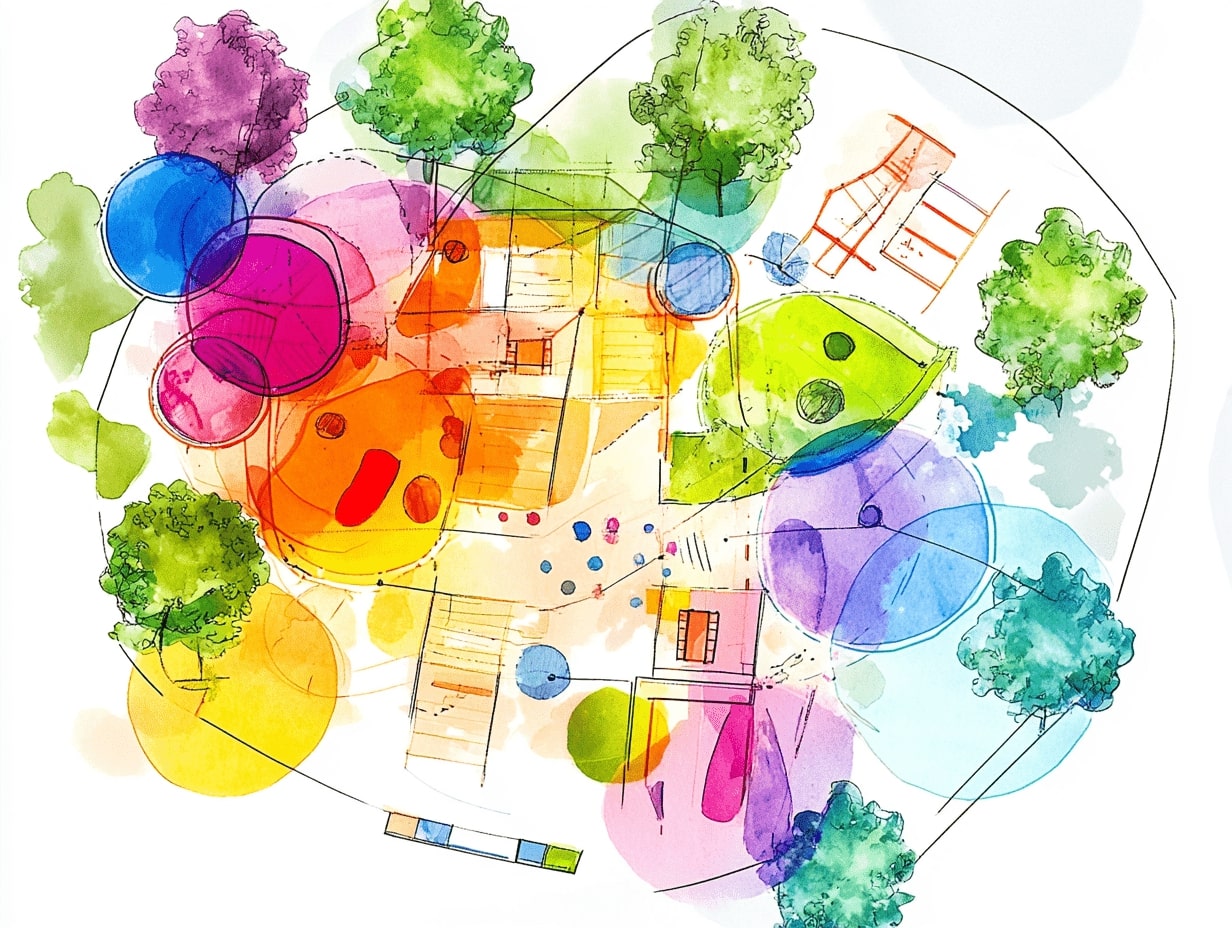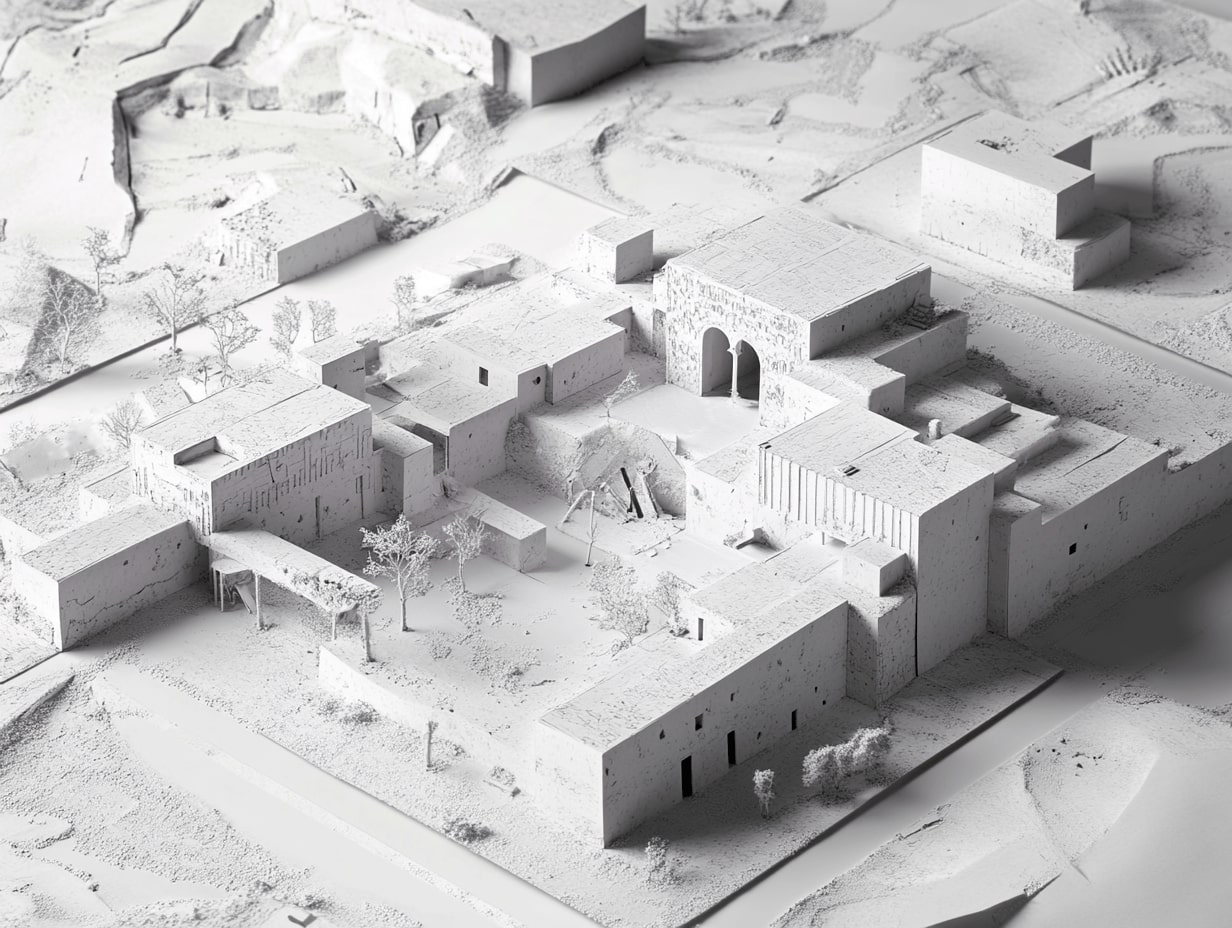- Home
- Articles
- Architectural Portfolio
- Architectral Presentation
- Inspirational Stories
- Architecture News
- Visualization
- BIM Industry
- Facade Design
- Parametric Design
- Career
- Landscape Architecture
- Construction
- Artificial Intelligence
- Sketching
- Design Softwares
- Diagrams
- Writing
- Architectural Tips
- Sustainability
- Courses
- Concept
- Technology
- History & Heritage
- Future of Architecture
- Guides & How-To
- Art & Culture
- Projects
- Interior Design
- Competitions
- Jobs
- Store
- Tools
- More
- Home
- Articles
- Architectural Portfolio
- Architectral Presentation
- Inspirational Stories
- Architecture News
- Visualization
- BIM Industry
- Facade Design
- Parametric Design
- Career
- Landscape Architecture
- Construction
- Artificial Intelligence
- Sketching
- Design Softwares
- Diagrams
- Writing
- Architectural Tips
- Sustainability
- Courses
- Concept
- Technology
- History & Heritage
- Future of Architecture
- Guides & How-To
- Art & Culture
- Projects
- Interior Design
- Competitions
- Jobs
- Store
- Tools
- More
Unlocking Design Success: Architectural Diagrams in Depth
Discover the transformative power of architectural diagrams in enhancing design comprehension and dynamic visualization.

In the dynamic world of architecture, we’re often faced with the challenge of communicating complex design ideas. That’s where architectural conceptual diagrams and bubble diagrams come into play. These tools aren’t just doodles on paper; they’re powerful visual representations that help us convey our design intent in a clear, concise manner.
Conceptual diagrams are like the backbone of architectural design. They provide a simplified view of the design, highlighting its main features and relationships. On the other hand, bubble diagrams are the first step in the design process, helping us understand spatial relationships and flow patterns.
Whether we’re designing a cozy home or a sprawling commercial complex, these diagrams are our go-to tools. They help us visualize, understand, and communicate our ideas, ensuring everyone’s on the same page. So, let’s dive in and explore the fascinating world of architectural diagrams.

Table of Contents
ToggleUnderstanding Architectural Conceptual Diagrams and Bubble Diagrams
It’s crucial for us to delve deeper into the nature and application of architectural conceptual diagrams and bubble diagrams.
Architectural conceptual diagrams serve as the foundation of any architectural design. These diagrams are visual tools that represent key design features and relationships in a simplified manner. They’re not meant to be detailed or finely crafted drawings, but rather capture the essence of the design in an understandable way. The main objective here is clarity over complexity. These are usually the first drawings a stakeholder would see, making them a key tool in bridging the gap between architects and non-architects in discussions.
In contrast, bubble diagrams focus on spatial relationships and flow patterns. They’re particularly handy during the initial stages of the design process. Here, ‘bubbles’ represent different spaces of the design that are interlinked, representing the intended connection and flow between different spaces. Rather than detailing the design’s minutiae, bubble diagrams provide an overview of how the design will function spatially and how users will experience it.
The versatility of these diagrams cannot be overstated. They’re widely utilized across a broad range of architecture projects, from humble homes to large-scale commercial complexes. With their help, we can manage the complexity of design ideas, understanding and visualizing them effectively. More importantly, they contribute significantly to ensuring alignment among all project stakeholders. As we further our discussion, we’ll explore how to create such diagrams and how they assist architects in honing their design ideas and communicating those ideas effectively with others.

Importance of Architectural Conceptual Diagrams
Architectural conceptual diagrams serve a vital role within the architecture and design industry. They function as more than just representations of design; they bring forth unique ideas, build strong communication bridges, and foster creative thinking. As we delve into the intricacies of these diagrams, we’ll uncover their relevance in various aspects of architectural design.
Enhancing Communication
Imagine trying to explain complex architectural concepts to someone with no relevant background. It can be quite a daunting task. This is where the architectural conceptual diagrams come into play. They’re our go-to tool for simplifying and visualizing complex design features to foster understanding, demystify complexities, and help stakeholders envision the proposed project.
Architectural conceptual diagrams are effective translators which bridge the gap between architects and non-architects, helping us to speak a common language. By sketching out small yet significant details they alleviate the hurdles in conveying architectural ideas. No more lost in translation- it’s all about clear, concise, and effective communication.
Guiding Design Development
In the infancy of architectural projects, many factors can seem overwhelming. Between balancing the design’s visual appeal, practicality, and adherence to regulatory standards, the path to finalizing a design is often non-linear and fraught with potential challenges.
Through architectural conceptual diagrams, we’re able to simplify our processes and set a clear direction. These diagrams serve as blueprints to guide architectural engineers, allowing them to understand relationships and anticipate problems early in the design process. They ensure clarity over complexity, enabling project teams to prioritize tasks, allocate resources appropriately, and achieve design goals effectively.
Promoting Creative Thinking
Creativity is an essential skill for architects. Our industry thrives on the ability to think outside the box, create unique structures, and provide innovative solutions to complex problems. Architectural conceptual diagrams encourage such creative thinking.
When designing these diagrams, architects are pushed to think innovatively, explore potential spatial configurations, and imagine the possibilities. The process gives us a sandbox to play in, allowing us to freely think, design, and revise until we achieve an optimal solution. It’s not just about picking the right choice, but also about exploring a plethora of potential options.
Next, we’ll be delving into the realm of another significant diagram in the field of architecture, the bubble diagram, and its impact on understanding space relationships and flow patterns.

Creating Effective Bubble Diagrams
Becoming proficient in creating useful bubble diagrams is a fundamental skill for architects. These diagrams, when well-crafted, play crucial roles in presenting designs, communicating ideas and understanding spatial relationships.
First off, start with identifying major spaces and activities that need representation in the design process. It’s vital to consider the function, size, and specific requirements of each area. These will be the “bubbles” in your diagram, each representing a different space or function.
Remember, bubble diagrams aren’t floor plans. They’re more simplified, centered around function rather than form. The bubbles should be scaled relative to one another, so their sizes represent the relative sizes of the areas they symbolize.
Next, understand the relationships between different spaces. Think about the flow of traffic, the needs for privacy or open areas, and other spatial considerations. For instance, for a residential design, you’d want the kitchen close to the dining area. The diagram should reflect these relationships and necessities.
It’s also important to indicate the circulation path to show how people will move through the space. Use arrows or lines to show direction and connections. It simplifies navigation and underlines how areas relate and interact.
Lastly, incorporating feedback is critical for creating effective bubble diagrams. They are working tools, meant to be adjusted and refined as your design evolves and as feedback pours in from stakeholders, team members or clients. This iterative process leads to more robust designs that meet the project’s objectives.
In essence, effectively utilizing bubble diagrams in architectural design stimulates innovation and enhances comprehension among stakeholders, allowing us to visualize and manipulate spatial relationships effortlessly. As we delve deeper into the world of architecture, there are more intricate diagram types to explore, like scenario diagrams and 3d diagrams but let’s save that for later.

Conclusion
As we delve further into the realm of architectural conceptual diagrams, it becomes clear that bubble diagrams form just the launching pad. While they provide a solid foundation for understanding major spaces, activities, and their interrelationships, they’re only a part of the larger picture. Other diagram types—such as scenario diagrams and 3D diagrams—offer even more intricate layers of understanding in architectural visualization.
Scenario diagrams, for one, play an indispensable role in understanding how specific activities will unfold within the proposed design. They lend a sense of dynamism to the static portrayal of spatial relationships.
Likewise, 3D diagrams bring an additional dimension to the visualization process, emphasizing that our human perception isn’t flat, but rather a composition of volumes and voids.
Given the strengths these tools offer, it’s certainly worth incorporating them into the exploratory process. We shouldn’t just rely on bubble diagrams alone. Instead, we should approach them as an initial step towards developing a comprehensive understanding of proposed space.

Our discussion doesn’t end with bubble and scenario diagrams or even touching upon 3D diagrams, however. This ongoing exploration of architectural diagrams guides us toward recognizing the layered complexity of architectural visualization. They allow us to understand that the design process isn’t linear or one-dimensional but a constantly evolving practice. Regardless of the diagram type, feedback remains an integral part of the journey. It elevates our initial concepts and injects them with more depth and insight.
As we continue to uncover the vast benefits of these different diagram types, we’ll delve into each one more thoroughly, providing insight and enriching our understanding of the built environment. Each of these innovative tools has its own unique advantages. By incorporating them into our toolkit, we will broaden our understanding of how architecture shapes and is shaped by human interaction. The more we examine and practice, the more we realize: there’s always more to learn and discover when it comes to architectural diagrams.
In the forthcoming sections, we will illustrate how these diagram types interrelate and enhance our comprehension of architectural designs and concepts.
Submit your architectural projects
Follow these steps for submission your project. Submission FormLatest Posts
Top 6 Software Architecture Diagram Secret Tricks Every CS Student Should Know in 2025-26
Read this article to learn simple and effective ways to create software...
Architecture Site Analysis Site Visit: A Guide to Better Design and Sustainability
Discover the importance of architecture site analysis and site visits in creating...
Unlocking Creativity: The Power of Architecture Bubble Diagrams in Design Process
Discover the vital role of bubble diagrams in architecture, enhancing clarity and...
Essential Tips for Evaluating Your Architectural Site Analysis for Successful Projects
Discover the key to successful architectural design with a thorough evaluation of...












Leave a comment